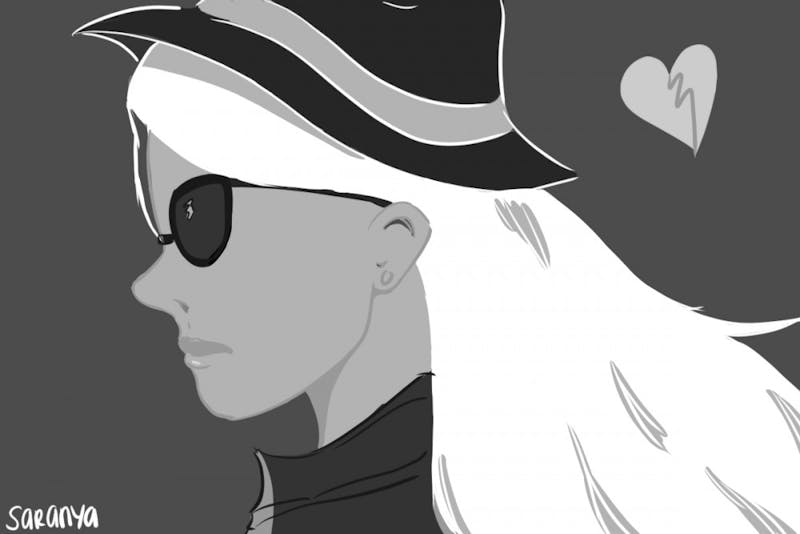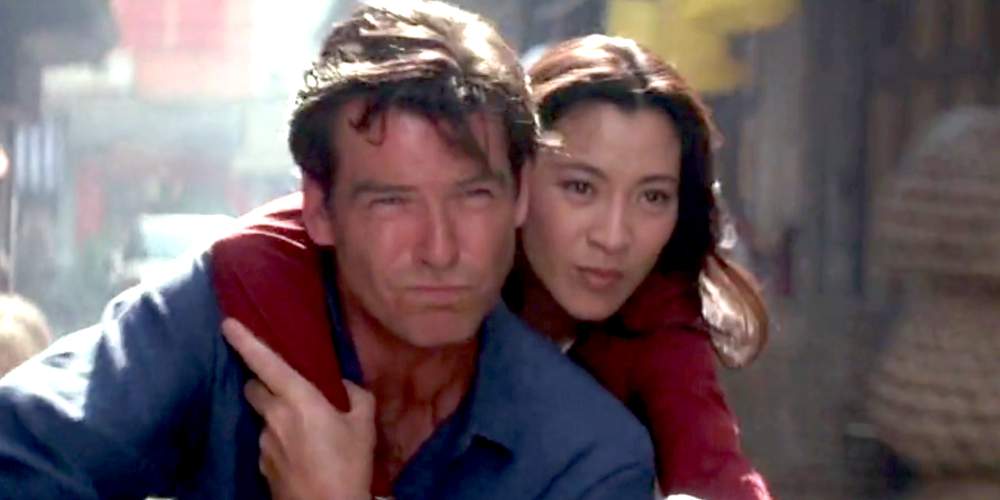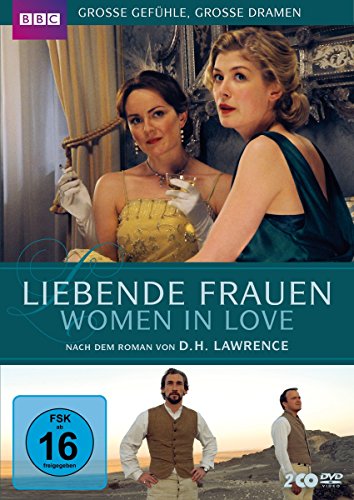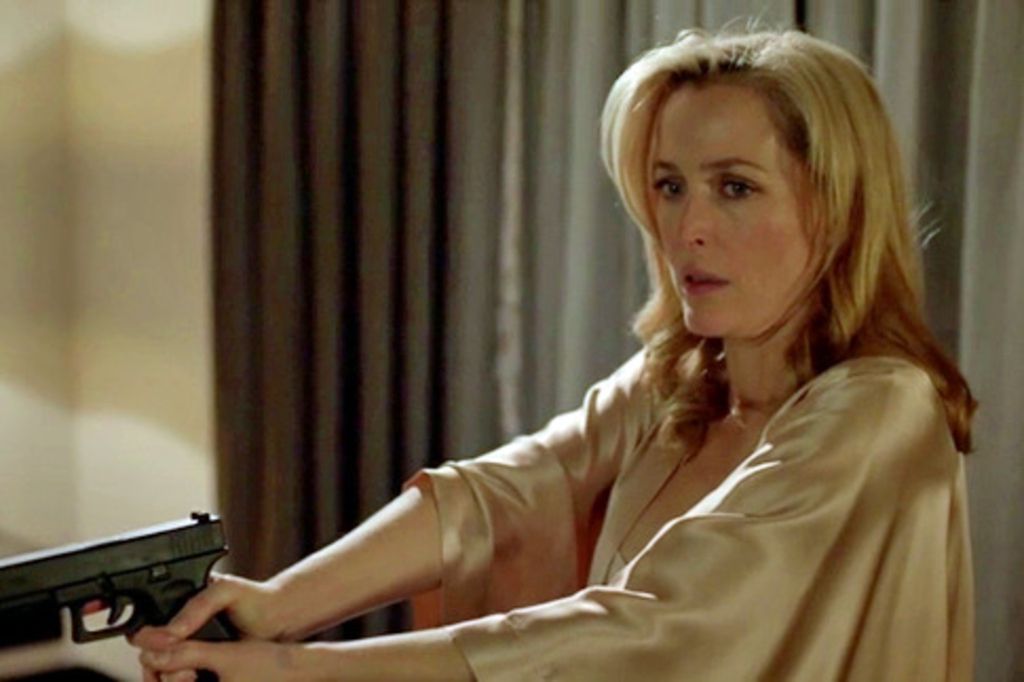The James Bond franchise, a cinematic staple since the early 1960s, has captivated audiences around the world with its blend of espionage, action, and glamour. While the titular character, played by various actors over the decades, is undoubtedly the focal point, the women who populate these films deserve a closer examination. Far from mere romantic interests or eye-candy, these women often play critical roles in the narrative and contribute significantly to the development of the plot and themes. This article explores the multifaceted roles of women in the James Bond universe, highlighting their complexities, strengths, and agency beyond mere romantic entanglements.
Historical Context: Women in Early Bond Films

When examining the portrayal of women in the Bond series, it’s essential to consider the historical context in which these films were made. The first Bond film, “Dr. No,” was released in 1962, a time when gender roles were still heavily defined by societal norms. Women in early Bond films were often seen as “Bond Girls,” a term that has become synonymous with the franchise. However, these characters were not without depth.
- Honey Ryder (Ursula Andress) in Dr. No: As the first Bond Girl, Honey Ryder is a pioneering character who showcases both strength and vulnerability. She is resourceful, skilled in survival, and plays a crucial role in aiding Bond’s mission.
- Pussy Galore (Honor Blackman) in Goldfinger: A pilot and leader of an all-female gang, Pussy Galore exhibits independence and intelligence. Her character challenges traditional gender stereotypes prevalent in the 1960s.
These early portrayals, while sometimes still fitting into the archetypal mold, hinted at the potential for women to be more than just love interests or decorative figures in the Bond narrative.
The Evolution of Female Characters in Bond Films
As societal attitudes toward gender roles evolved, so too did the portrayal of women in the Bond franchise. The characters became more complex, reflecting the growing awareness of women’s rights and empowerment.
- Melina Havelock (Carole Bouquet) in For Your Eyes Only: Melina is a skilled marksman seeking revenge for her parents’ murder. Her agency in the plot demonstrates a shift toward more active female roles.
- Octopussy (Maud Adams) in Octopussy: As a businesswoman and owner of a successful circus, Octopussy is not just a love interest; she is a formidable adversary and ally to Bond.
This evolution continued into the 1990s and 2000s, with characters like Jinx (Halle Berry) in “Die Another Day,” a highly skilled agent who not only holds her own against Bond but also contributes to the mission’s success.
Contemporary Portrayals: A New Era of Bond Women

The portrayal of women in the James Bond franchise took a significant leap with the introduction of the Daniel Craig era, beginning with “Casino Royale” in 2006. Here, female characters are depicted with greater depth and agency.
- Vesper Lynd (Eva Green) in Casino Royale: Vesper is a complex character whose emotional depth and intelligence captivate Bond. Her betrayal adds layers to Bond’s character, prompting a more profound exploration of trust and vulnerability.
- Madeleine Swann (Léa Seydoux) in Spectre and No Time to Die: Madeleine is a character who bridges Bond’s past and future, offering emotional depth and connection. Her role is not solely about romance; she is integral to Bond’s journey of self-discovery.
These contemporary portrayals signify a departure from the traditional “Bond Girl” trope, focusing instead on women who are multifaceted and possess their own narratives.
Women Behind the Scenes: Influencing the Bond Narrative
It’s crucial to acknowledge that the evolution of female characters in the Bond franchise is not solely due to shifts in on-screen portrayals but also the influence of women behind the scenes. Female screenwriters, directors, and producers have played pivotal roles in shaping the narrative.
- Barbara Broccoli: As a producer of the Bond films, Broccoli has been instrumental in steering the series towards more inclusive and diverse storytelling.
- Fleabag’s Phoebe Waller-Bridge: Waller-Bridge was brought on to contribute to the script of “No Time to Die,” enhancing the depth of female characters and ensuring they were not merely sidekicks to Bond.
These contributions highlight the importance of female perspectives in creating more nuanced and relatable characters within the franchise.
Statistics and Case Studies: The Impact of Women in Bond Films

Research indicates that the portrayal of women in film can significantly impact audience perceptions and attitudes. A study by the Geena Davis Institute on Gender in Media found that films with strong female characters tend to perform better at the box office and receive higher ratings from critics.
Furthermore, a case study of the Bond franchise shows that films featuring stronger female characters, such as “Casino Royale” and “Skyfall,” had a positive reception both commercially and critically. For instance:
- “Casino Royale” grossed over $600 million worldwide, with Vesper Lynd as a central character.
- “Skyfall,” which features M, played by Judi Dench, as a central figure in the plot, also achieved critical acclaim and commercial success, grossing over $1.1 billion worldwide.
These statistics illustrate that audiences respond positively to well-developed female characters, reinforcing the importance of moving beyond traditional tropes.
Conclusion: The Legacy of Women in James Bond

The women of the James Bond franchise have evolved from mere love interests to complex characters with their own narratives, strengths, and agency. As society continues to progress toward gender equality, the Bond series has reflected these changes by presenting women who are not only integral to the story but also resonate with audiences on a deeper level.
From early portrayals like Honey Ryder and Pussy Galore to contemporary figures like Vesper Lynd and Madeleine Swann, the women of Bond have left an indelible mark on the franchise. The contributions of women behind the scenes have also played a crucial role, ensuring that the narrative remains relevant and engaging.
As we look to the future of the James Bond series, one can only hope that it continues to embrace strong, multifaceted female characters who challenge stereotypes and add richness to the narrative. The legacy of these women is not just about their role in Bond’s life; it reflects a broader dialogue about gender, power, and representation in media.